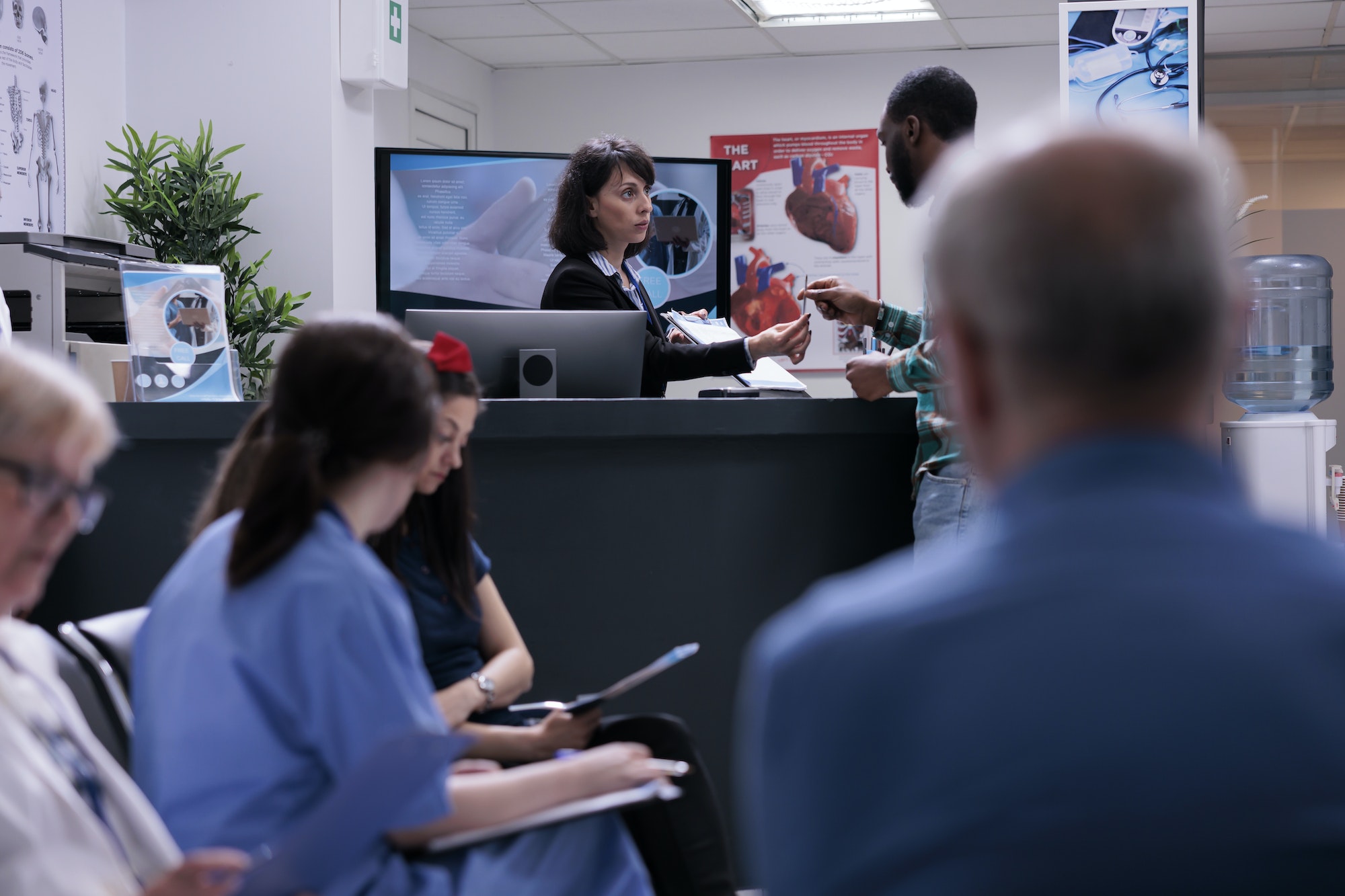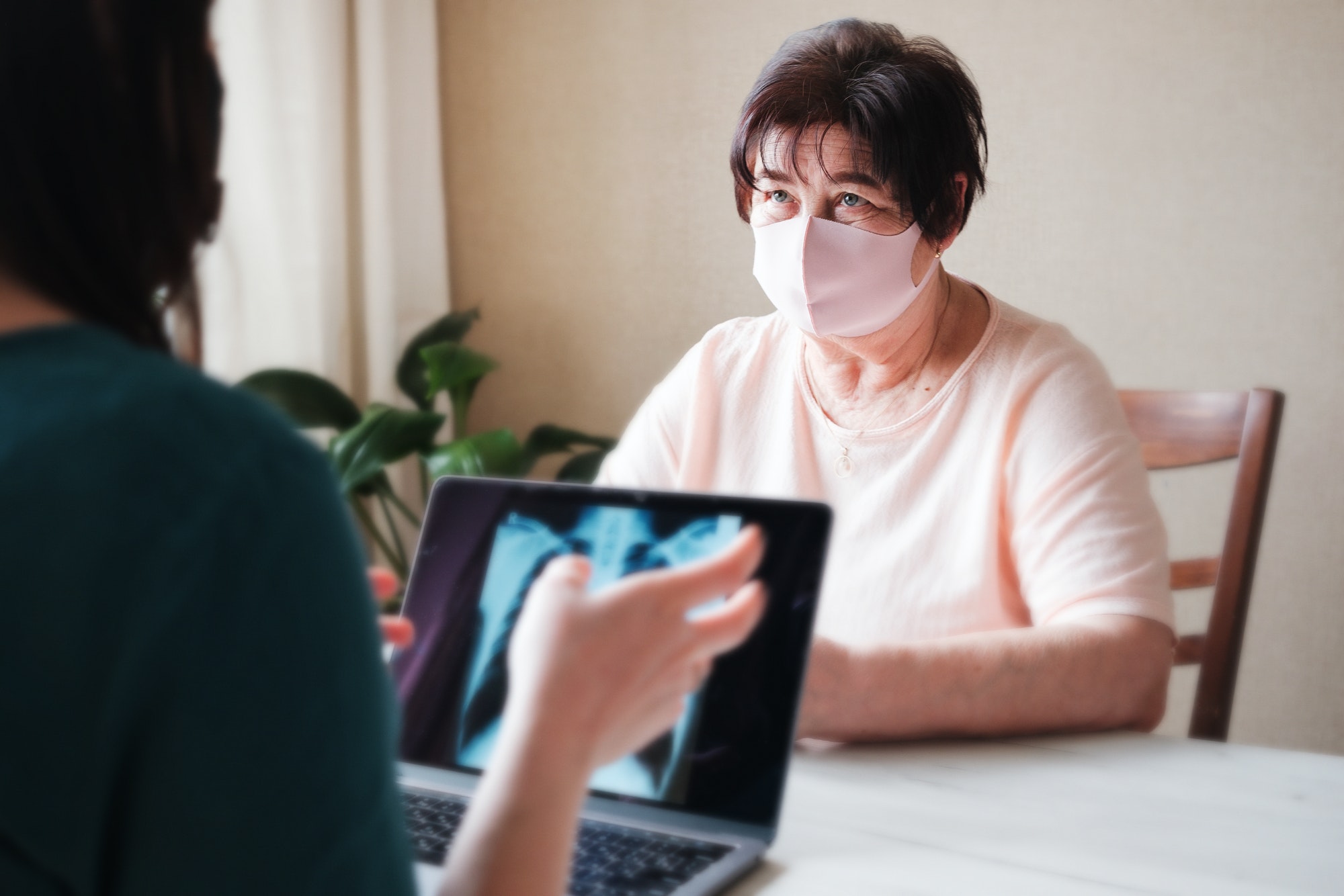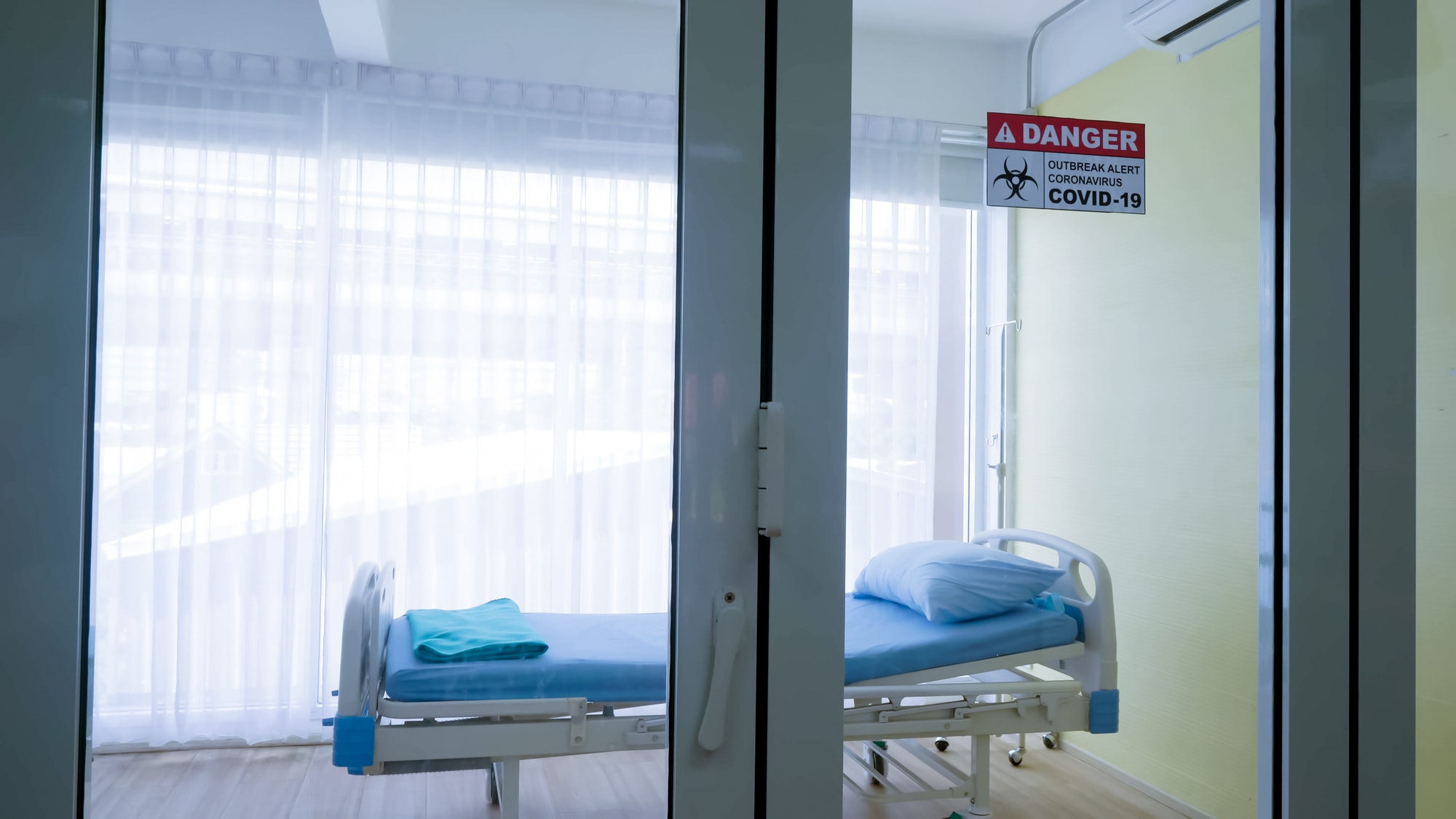DISCLAIMER: The below blog entry was written by an outside, unrelated party and does not necessarily express the opinions or views of or associated with the RemoteICU brand or the individuals associated with the RemoteICU brand. The blog is not necessarily endorsed or supported by RemoteICU nor was the entry reviewed and accepted by individuals associated with RemoteICU. The blog entry is provided simply to address and create interest in topics of import related to telemedicine. Your own independent research and decision-making and seeking of expert / professional opinions are required before you make any decisions whatsoever or form any opinions with respect to any topics addressed therein. By reading the blog entry, you consent to accepting the terms and conditions in this disclaimer.
Telemedicine has undergone significant advancement and improvement since the advent of the COVID-19 pandemic. During the pandemic, telemedicine has helped overcome many hurdles facing the healthcare industry. For instance, telehealth has enabled patients easy access to health care without patient and/or provider infection risk. In hospitals, eICU has enabled staff to minimize risky physical contact with patients and has given hospitals increased access to intensive care specialists despite their being in short supply. The challenges and needs of the COVID-19 pandemic drove a quick shift from reliance on traditional healthcare methods to the implementation of TeleICU and other telehealth modalities. The lessons learned from the COVID-19 crisis have been applied to the growing war-related, healthcare crisis in Ukraine.
The State of War
Growing geopolitical tensions in 2021 culminated in Russia’s invasion of Ukraine on February 24, 2022. Heavy air and artillery bombardment has displaced more than 12 million Ukrainians and destroyed critical medical facilities. On April 19, the World Health Organization (WHO) confirmed around 147 attacks on healthcare facilities throughout Ukraine.
Due to the conflict, there is a dire need for medical services to help injured civilians and soldiers while there have been disruptions in healthcare delivery due to damaged hospitals and other facilities; and due to displaced, killed, and/or injured healthcare professionals (HCPs). This crisis is worsening rapidly.
Health Technology to the Rescue
Given the aforementioned performance and advancements of telemedicine in general and eICU in particular during the COVID-19 pandemic, remote medicine has proved to be a crucial resource in this latest crisis. Numerous healthcare providers and technology companies worldwide are stepping in to offer virtual care to Ukraine’s refugees, civilians, and soldiers.
According to an April 27, 2022 article by GlobalData Thematic Research, various telemedicine partnerships have formed over the last two months. One such coalition is the Health Tech Without Borders (HTWB), founded by a group of digital health specialists responding to the crisis. HTWB is a global, non-profit, independent organization providing telehealth and digital health aid. The group started the Ukraine Telehealth Relief project to give Ukrainians free remote TeleICU consultations and other telehealth services. In addition, HTWB is trying to help hospitals cope with the flood of patients, provide psychological support to people impacted by the war, and care for the refugees. So far, over 400 HCPs from 20+ countries and 40 health technology companies are assisting the group.
Health-tech partners include:
- Ukrainian telehealth platform Doctor Online
- LeoDoc Foundation – a US charity that is already providing free telehealth consultations to Ukrainians affected by the war
- Helping Hand – a Polish remote mental health digital platform
- Triumf Health – an Estonian startup that is providing its remote psychological solution, Triumf Hero, to Ukrainian children for free
- Viveo Health – an Estonian telehealth platform
Telehealth4Ukraine
Additional support has come from the Telehealth4Ukraine Coalition, headed by the US Center for Telehealth and e-Health Law (CTeL). The group is connecting telehealth providers with aid efforts in order to provide virtual humanitarian healthcare to Ukraine and adjacent countries. CteL aims to create a database of volunteer healthcare providers and interpreters that non-governmental organizations in Ukraine can use for virtual health care.
Additionally, US telehealth company Vsee said it would offer Ukrainians free 24/7 virtual visits with US and European HCPs through Aimee – its charitable telemedicine platform. This English/Ukrainian communication service, called Project Aimee, is a platform that gathers medical requests and pairs them with suitable physicians. Connected to Tesla’s Starlink internet network, the platform focuses on frontline traumas and wounds, consultations with Ukraine’s primary care practitioners, and urgent direct-to-consumer visits. It also delivers free telemedicine software to connect Ukrainian clinics and hospitals thereby building a national healthcare system through patient case routing and shared electronic health records. According to Vsee, thousands of physicians and hundreds of interpreters have already joined the platform to assist.
The Sheba Medical Centre, Israel’s largest hospital, uses various digital technologies from local companies to bring remote e-ICU care services to Ukrainian refugees through Sheba Beyond, a virtual hospital established during the COVID-19 pandemic. As a result, Sheba Beyond can deliver high-quality treatment to any patient anywhere. This includes advanced technology for obstetrics and gynecology, telehealth kits for examining refugees remotely, and platforms for monitoring patients’ vital signs and displaying them in real-time on remote physicians’ dashboards.
Key Takeaway
Numerous lessons have been learned from the COVID-19 pandemic. These lessons have enabled telemedicine and remote ICU to play a crucial role in the world’s response to the Ukrainian healthcare crisis. Telemedicine and remote ICU have been able to deploy rapidly in Ukraine and neighboring countries and thereby provide access to high-quality care, thus reducing the burden on humanitarian organizations. However, there are on-site issues that telemedicine cannot tackle remotely, such as shortages of medical supplies and medications in Ukraine. And there are challenges which have to be dealt with in order to continue to provide medical support, such as cybersecurity threats and maintenance of stable and reliable network infrastructure.










































